School History Trip To The Ypres & Somme Battlefields
A school History trip to the Ypres & Somme Battlefields will deepen your students’ understanding of the sacrifices and implications of WWI.
Highlights
The moving Last Post Ceremony at Menin Gate
The interactive In Flanders Fields Museum
The imposing Thiepval Memorial
The enormous Lochnagar Crater
North Berwick High SchoolOur top three excursions were to Parc Astérix, Beaumont Hamel and the Musée Somme 1916. The students found Tyne Cot and Beaumont Hamel the most inspiring.
Suggested itinerary
What's included*
*Please note, entrance fees where applicable are not included in typical price – contact us for more details
Recommended excursions
This town in the Flemish Region of West Flanders has a medieval history and is famous for its hops and lace production. Known as “Pops” to the British soldiers in the First World War it was the gateway to the battlefields of the northern Ypres Salient for thousands of British troops. Talbot House was established as a club in 1915 for British soldiers and is now a fascinating museum. Photo  Bernt Rostad.
This British trench wasn’t discovered until 1992 by a group of archaeologists who went on to excavate tunnelled dugouts and soldier remains. One of the few sites with original trenches on the Ypres Salient, the location exhibits very narrow networks with recreated fire steps and loopholes. Students can get a real sense of the space the soldiers occupied.
This moving tribute to the courage and sacrifice of those who fell defending their town is an imperative experience for students connecting with WWI. Each night at 8pm the traffic stops around the Menin Gate memorial – six buglers from the fire brigade play the Last Post, Reveille and silence is upheld.
This outstanding museum aims to preserve our connection with World War I through character-led experience and the story of the land. Exhibitions blend interactive installations with relics allowing students to explore history on a peer-related level. A permanent exhibit traces the invasion of Belgium with educational programmes to delve deeper into the war past.
The slopes of Hill 62 were part of the front line in 1915. The museum at Sanctuary Wood is one of few sites on the Ypres Salient battlefields where an original trench layout can be seen, relatively unchanged since the war. Most farmers returning to their plots would plough over the scarred land, but here sections of the system were left intact. Photo © Amanda Slater.
Essex Farm was the site of an Advanced Dressing Station (ADS) and the land was appropriated as burial ground from October 1914 (First Battle of Ypres). Because of the nature of the medical outpost, very few burials are unidentified, although the cemetery layout tells of the unpredictable wave of life and death at the ADS. Original bunkers and shelters remain. Photo © R/DV/RS.
There are only four WWI German cemeteries in Flanders – the first German gas attacks happened in Langemark 1915 and over 44,000 soldiers are buried here. After the battle of France in 1940, troops withdrew to Dunkirk and Calais over these battlegrounds of World War I. Some casualties of 1940 are buried side by side with soldiers who fell not 30 years previous. Photo © Nick Townsend.
The Hooge Crater Museum offers an extensive collection of military artefacts, uniforms, photographs and life-size recreations of scenes from the war, and offers a great insight into life in the trenches. A medical class has also been established as an advanced dressing station where a guide can discuss the stages of medical evacuation, show medical equipment from the time complete with Ford T motor ambulance. The Hooge Crater Museum also has German and British trenches. Image by Amanda Slater (CC BY-SA 2.0).
An award-winning museum on the 1917 Battle of Passchendaele. Students can explore the underground museum and the Dugout Experience to gain an understanding of the life of soldiers underground during WWI. The tour continues outside in faithful reconstructions of British and German trenches.
This is the largest Commonwealth cemetery in the world with around 11,954 soldiers resting here. The British Army captured the ridge where it is set in 1917, with a German blockhouse turned into an Advanced Dressing Station thus necessitating the burial ground. Fact: There are 8,367 unidentified graves at Tyne Cot, the headstones inscribed “Known Unto God”.
Dominated by the statue of Mother Canada, the National Vimy Commemorative Park honours the Canadian soldiers who lost their lives during WWI. The pitted landscape recalls the shower of shells that rained down on Vimy Ridge a hundred years ago. In the visitor centre, the exhibition plunges visitors into daily life during the Great War in the company of those who lived through it, through personal items, written accounts, military letters and sound immersions.
From November 1916, the British prepared the spring offensive of 1917. Their ingenious idea: New Zealand tunnelers would connect the city’s medieval chalk quarries to create a network of underground barracks that could house up to 24,000 soldiers. 20 meters below the cobblestones of Arras, visitors are immersed in the intimacy of the soldiers who were stationed underground just a few meters from the front line before rushing onto the battlefield on April 9, 1917, launching a surprise attack on the German positions. (Renovated in 2021). Photo © Chris O.
This is a fascinating museum of WWI history housed in a château admired for its architectural excellence. World War I is documented by comparing the three main protagonists, France, The British Empire and Germany, through the lives of soldiers, the weapons and defences, propaganda, those left behind and the aftermath and shortlived peace.
The names of 73,357 British and South African Men are inscribed here at Thiepval, the largest war memorial in the world. Having fallen on the Somme between July 1916 and March 1918, the soldiers have no known graves. Extensive wartime tunnelling beneath this structure on the Western Front has meant that 6m thick foundations were required. There is also an informative visitor centre.
As an extension to the existing visitor centre, the museum at Thiepval opened in June 2016. It is dedicated to the history of the battles of the Somme, especially the Somme Campaign of 1916, and to the memory of the Missing. The 400 m2 permanent exhibition unites museum exhibits, archaeological artefacts, multimedia and large-scale installations such as the replica of Charles Guynemer’s aeroplane. The 60-metre-long mural by Joe Sacco opens an imaginary
window onto the 1st July 1916 battlefield.
The village was one of the fortress holds situated behind the German lines on the first of July 1916. The attack by the Newfoundland Regiment on this day is commemorated in the Newfoundland Park along with preserved trenches and a striking Caribou memorial, the regiment’s emblem. There were only 68 survivors making this one of the bloodiest battles of The Somme.
Many craters on the Western Front have been filled in for farming purposes, but this one was saved in 1978 to preserve the original site. 90ft deep and 300ft across, it was made on the first of July, 1917 when 26.8 tonnes of ammonal explosive tore through the earth. A remembrance service is held every year on the first of July at exactly 07.28 when the mine exploded.
This is a Somme battlefield memorial to the men of the 36th Division who suffered horrendous losses on the first of July 1916. The Ulster Tower is a replica of St Helen’s Tower, which sits in the grounds of the Clandeboye Estate in Northern Ireland where much of the division trained. Photo © Eoghan Olionnain.
These well-preserved woods have visible trench remains and a moving memorial to the South Africans who fell in World War I. Also known as ‘Devil Woods’, the battle here was particularly horrific as soldiers fought hand to hand, holding on through heavy German attacks reaching 400 shells a minute. Around two thirds of the 5,493 burials here are unidentified. Photo © Kurtis Gardner.
The network of tunnels under this town was used as shelter in World War I and II and is now home to the 1916 Museum. Descend into the tunnels where dioramas and photographs depict life for soldiers in the trenches. Many relics such as uniforms, weaponry and personal souvenirs are on display, and groups can have the opportunity to handle these by pre-arrangement.
Notre-Dame-de-Lorette is home to the French Military Cemetery and the Ring of Remembrance. Engraved on this memorial are the names of the 600,000 fallen soldiers of WW1 in Artois, from all belligerent nations, in alphabetical order and without any distinction between origin, religion or rank. A beautiful symbol of peace. The History Centre gives visitors an understanding of the scale of the conflict in Nord-Pas-de-Calais during World War I.
Located near Arras, the CWGC experience in Beaurains provides visitors with an insight into how some of the world’s most recognisable war memorials are maintained. Visitors can watch headstones being engraved and have an overview of the workings of the CWGC’s metal and carpentry workshops. There is also an exhibition showing how fallen soldiers are still recovered and identified from the battlefields today. Closed at weekends.
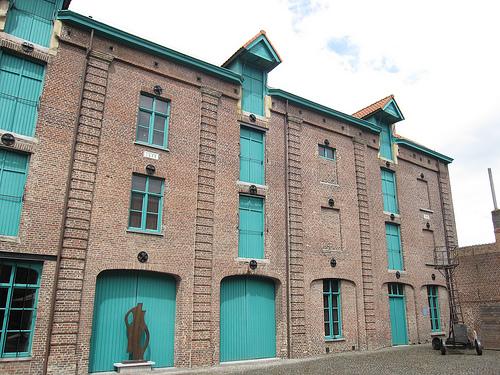
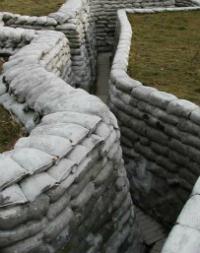
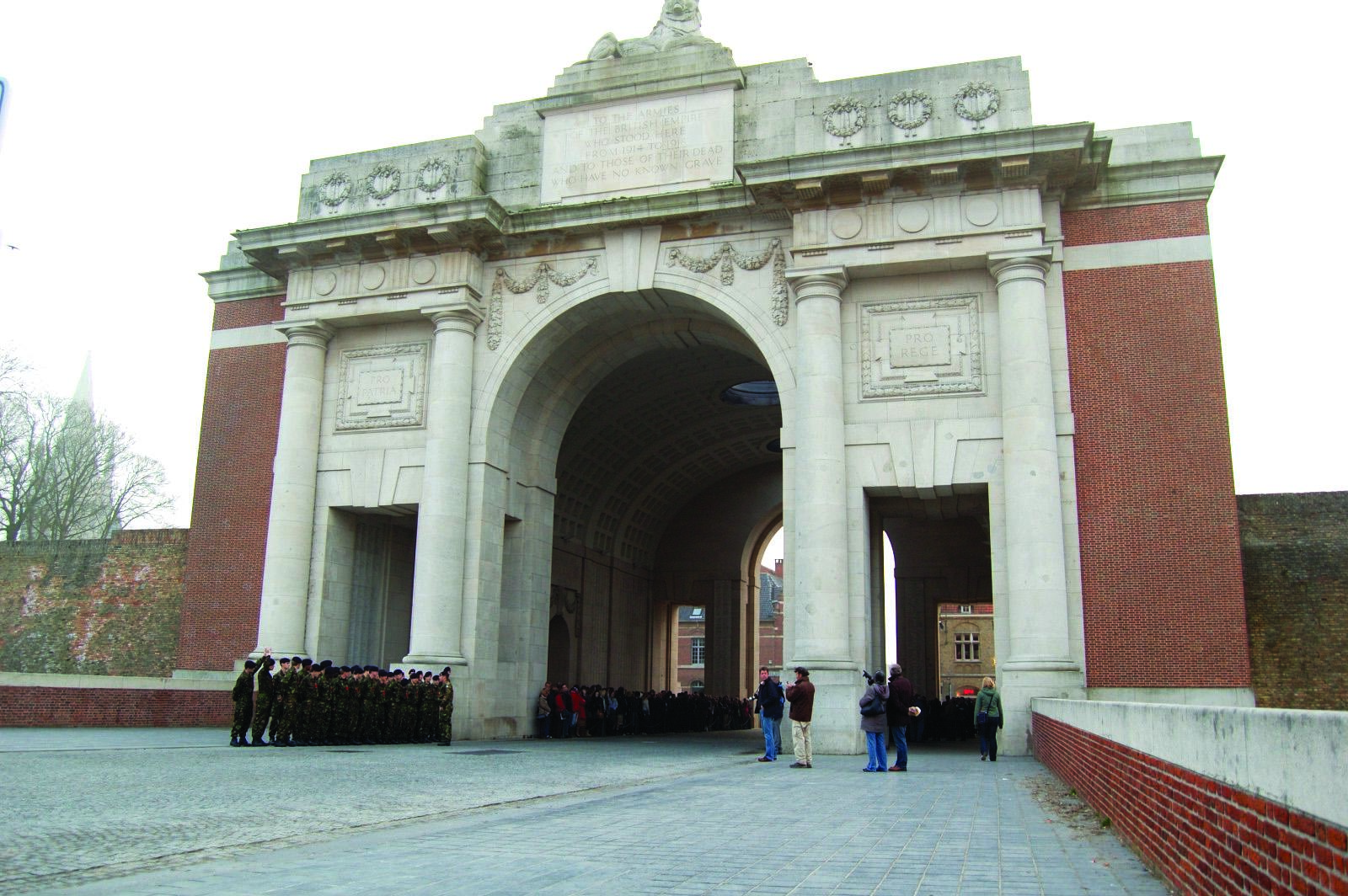
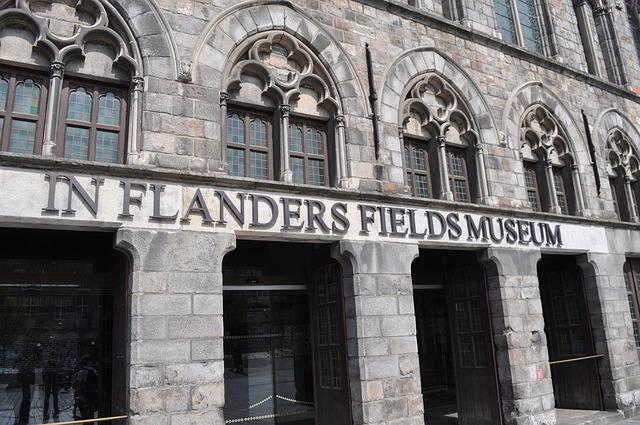
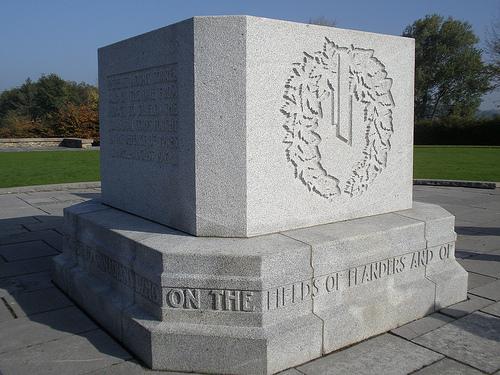
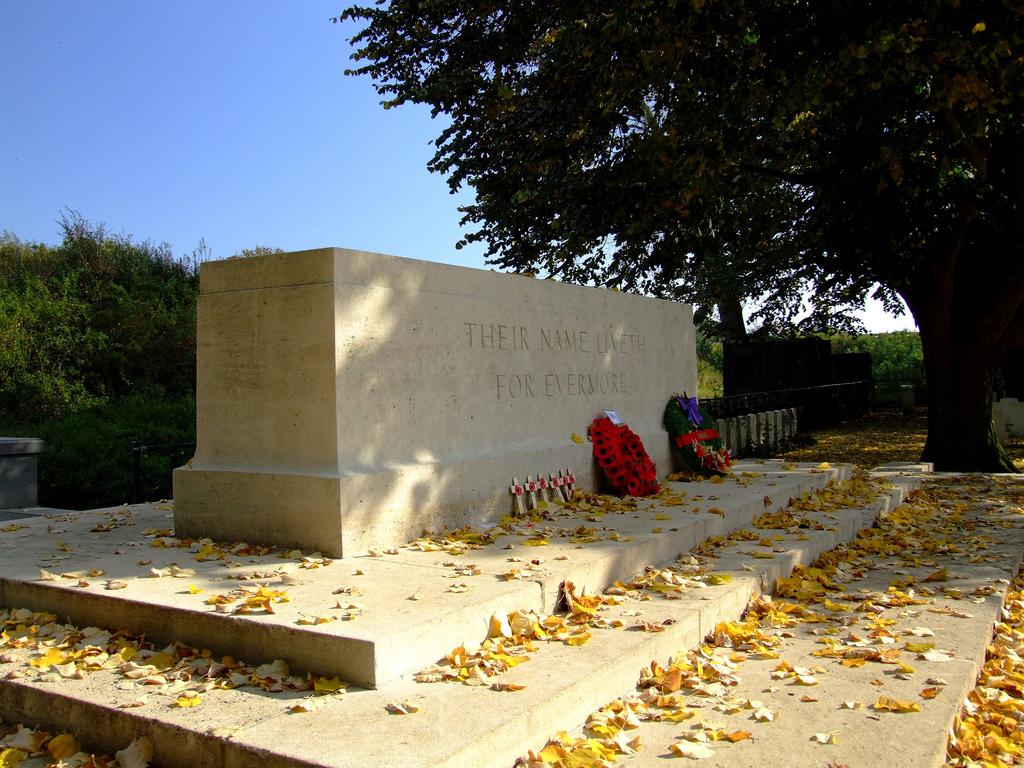
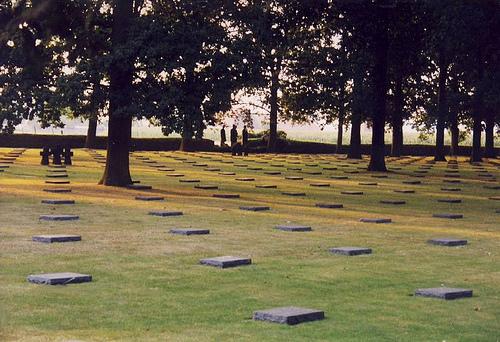
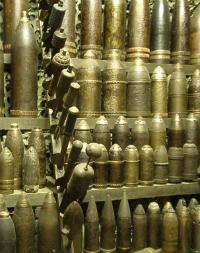
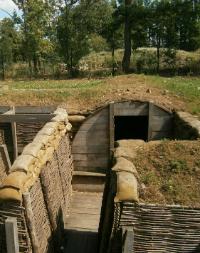
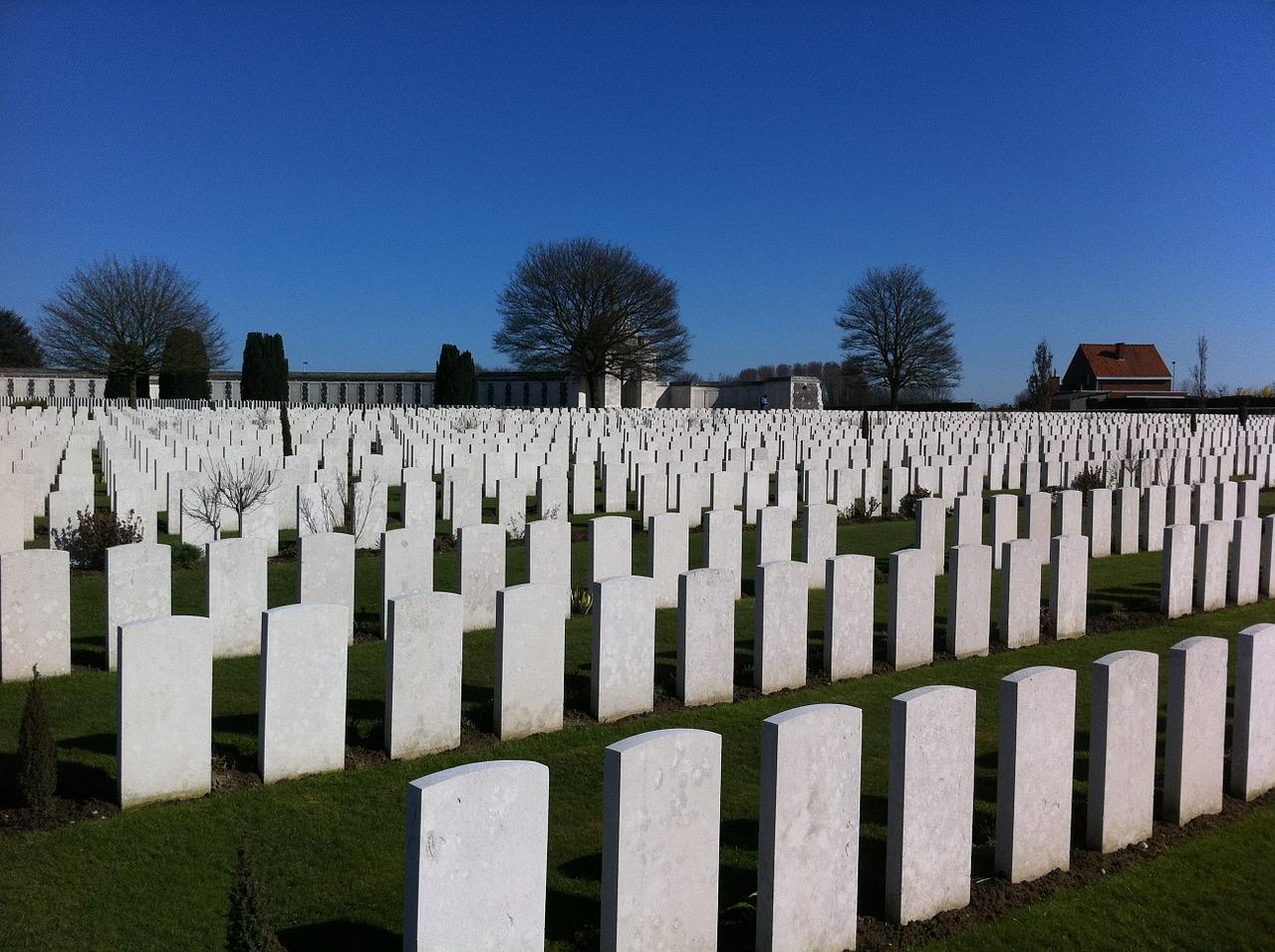
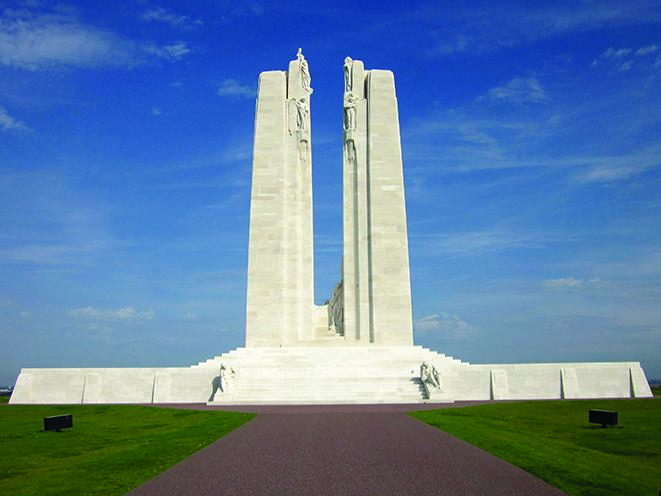
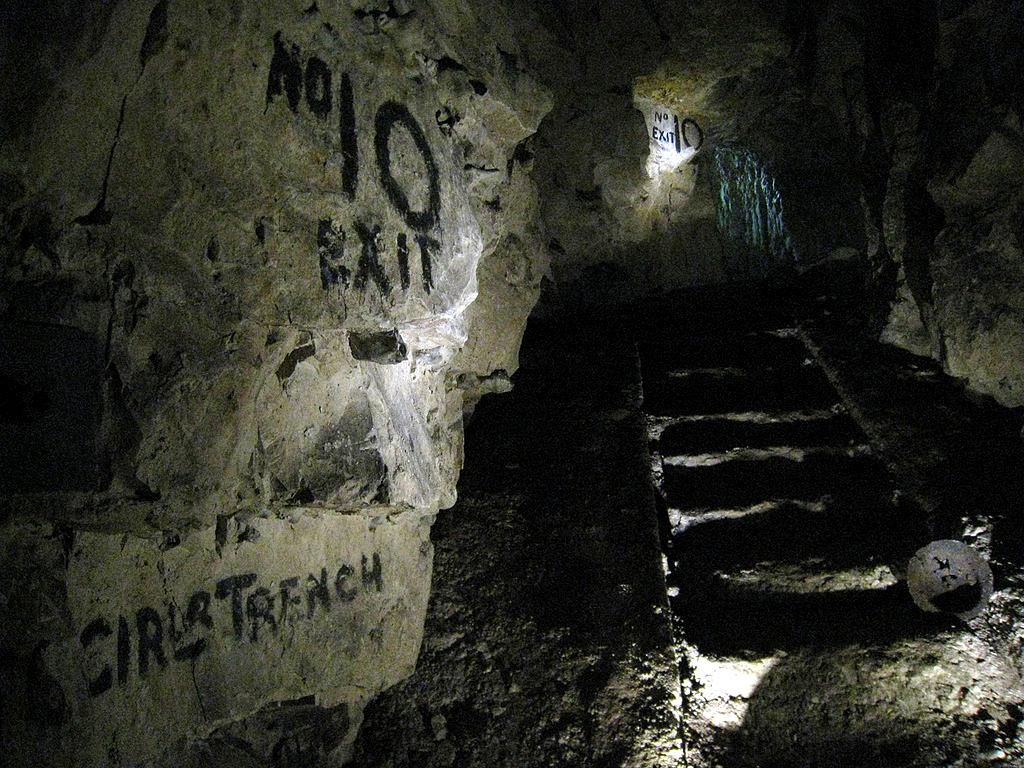
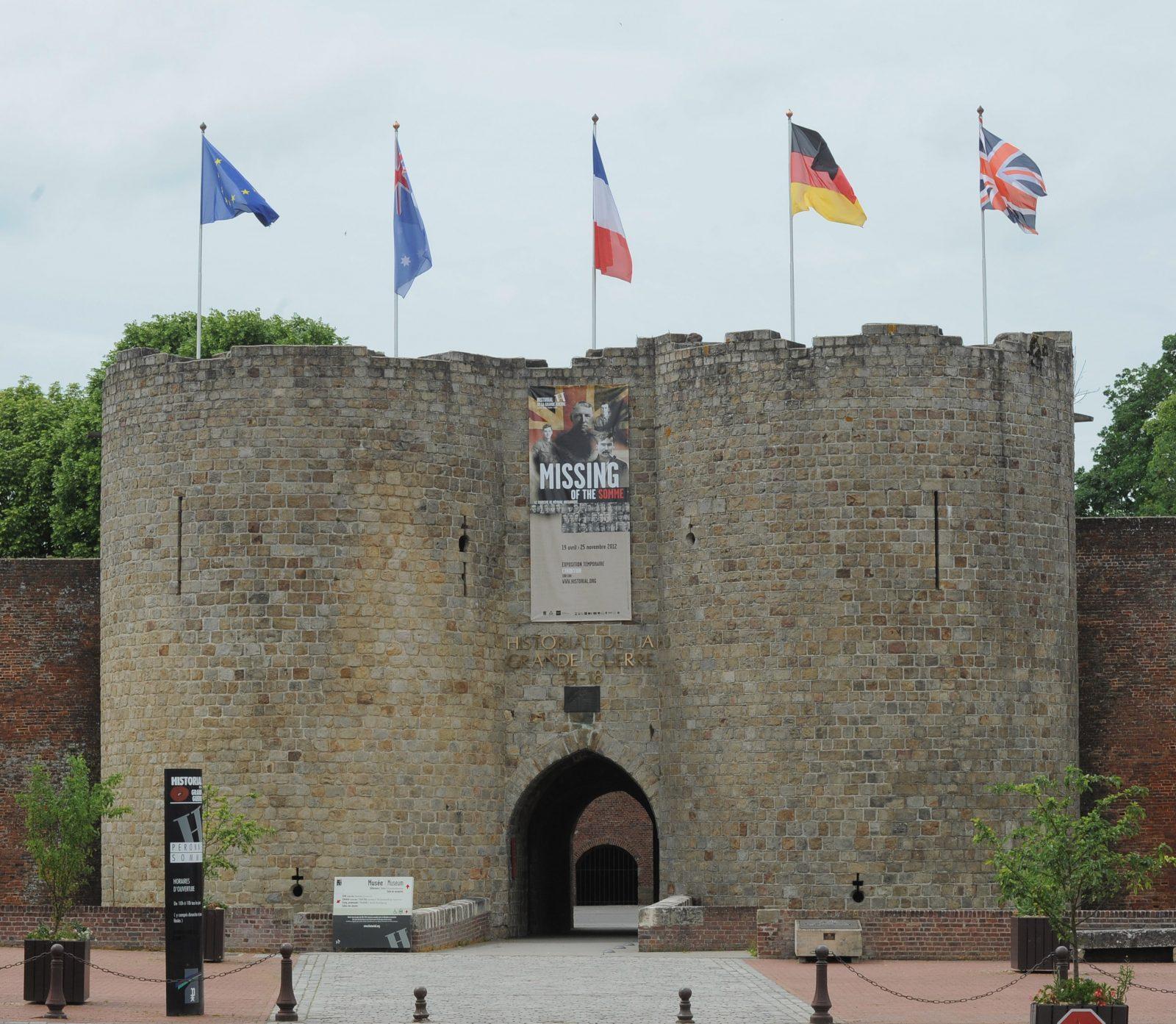
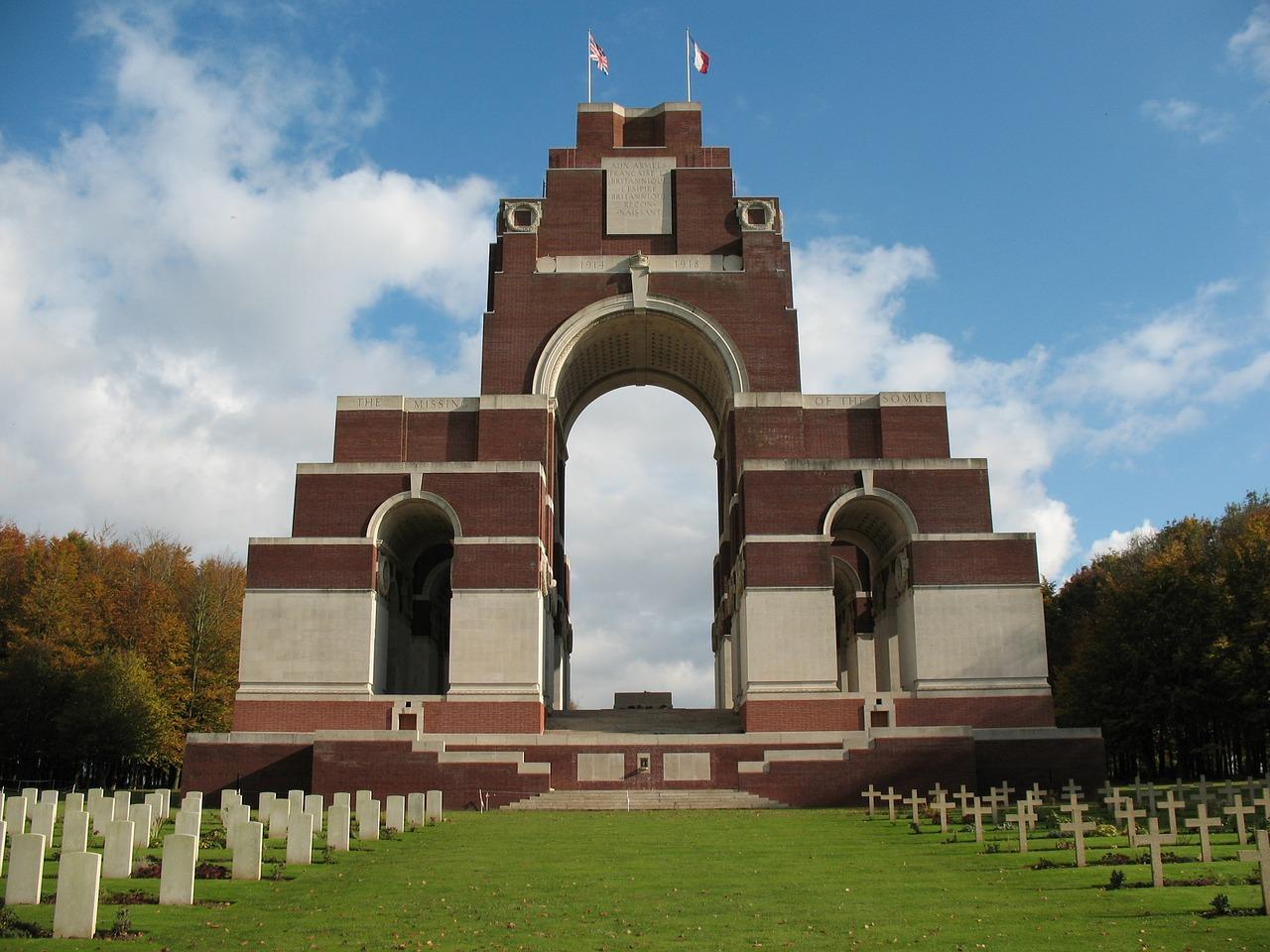
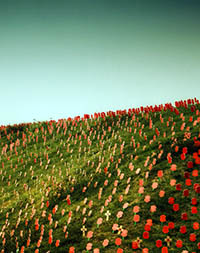
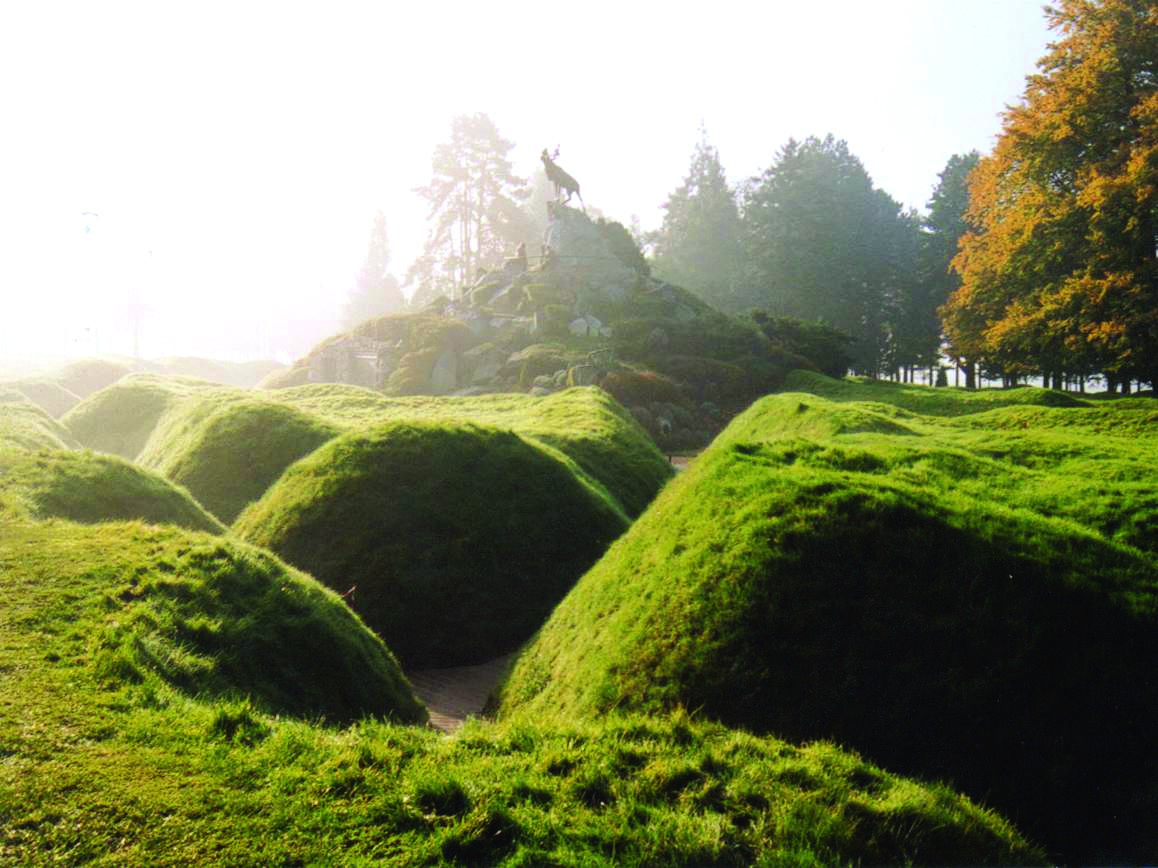
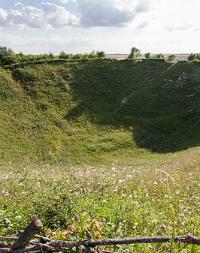
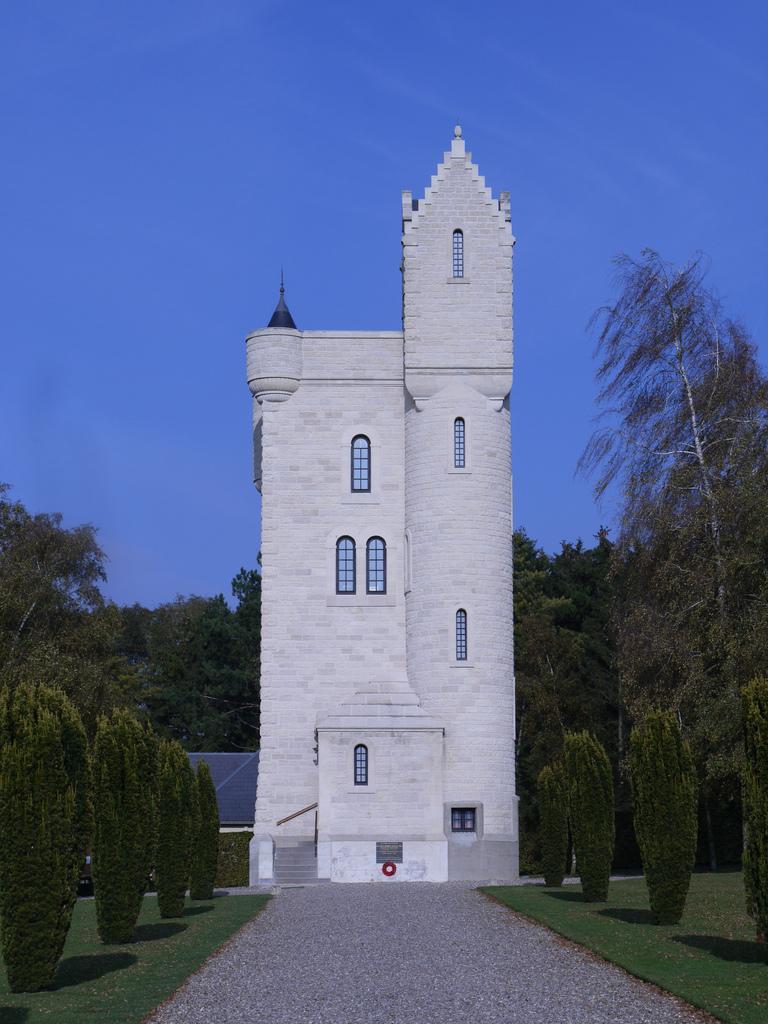
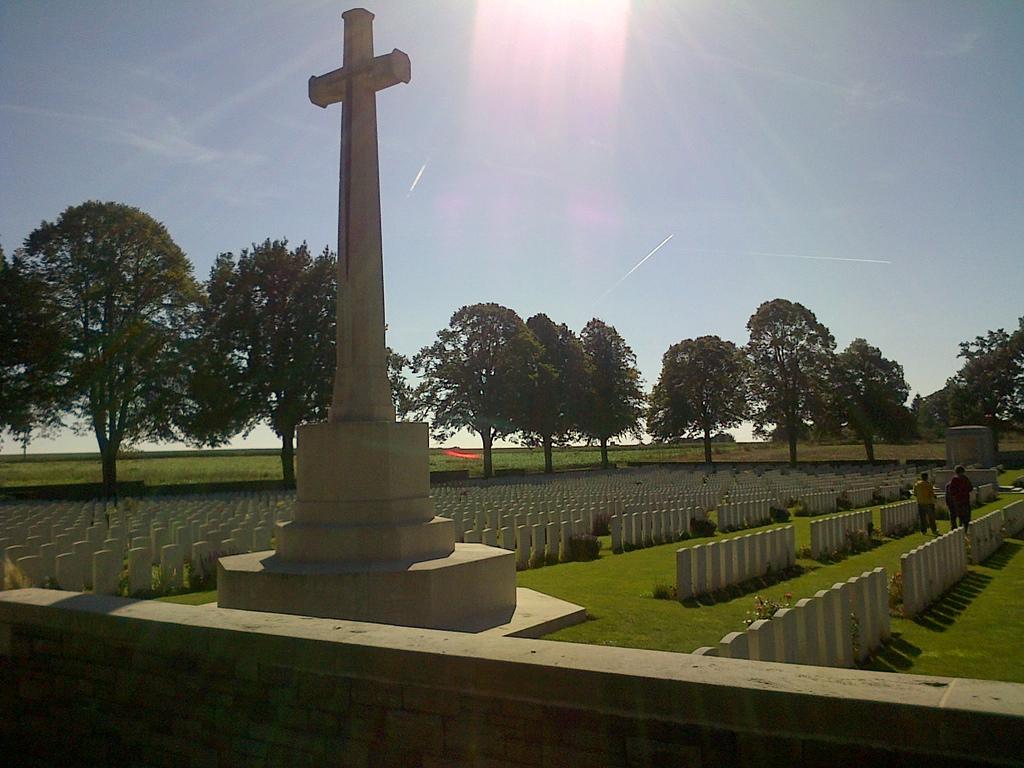
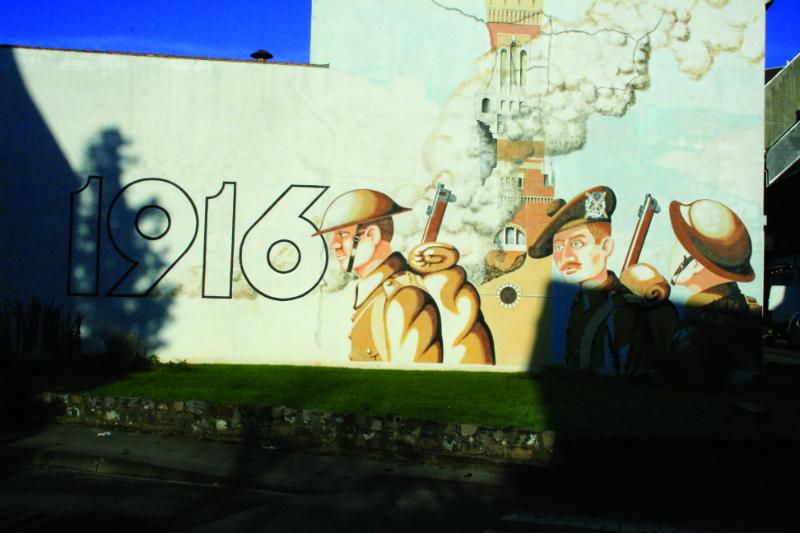
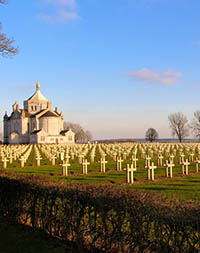
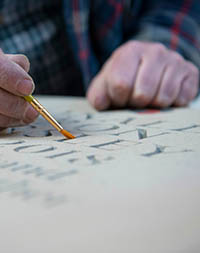
Typical accommodation
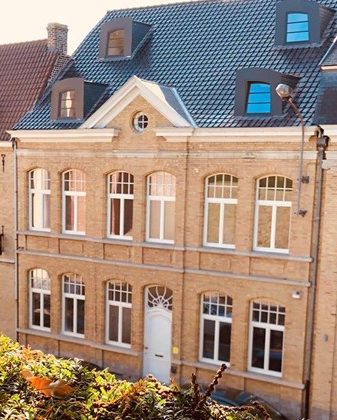
Why groups like it:
Facilities:

Why groups like it:
Facilities:
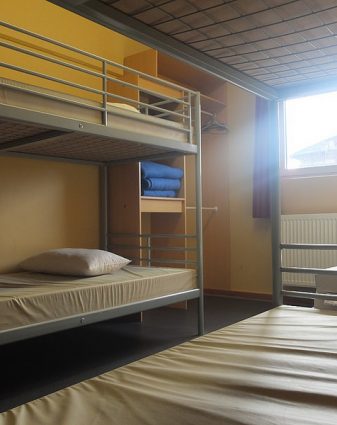
Why groups like it:
Facilities:
Learning outcomes
Subject focus
Students can:
- See the conditions endured by soldiers in World War I
- Examine the effects of historical trends and events on ordinary people
- Study the history of the region and its connections to Britain
- Learn how people respond to traumatic events
- Understand the influence of the Great War on later events
Student outcomes
Students will have had an opportunity to:
- Understand the events and experiences of soldiers in World War I
- Learn how societies come to terms with traumatic events
- Understand the after-effects of the war
- Gain a sense of the breadth of history
- Explore conceptions of patriotism and citizenship and consider the quest for international peace


